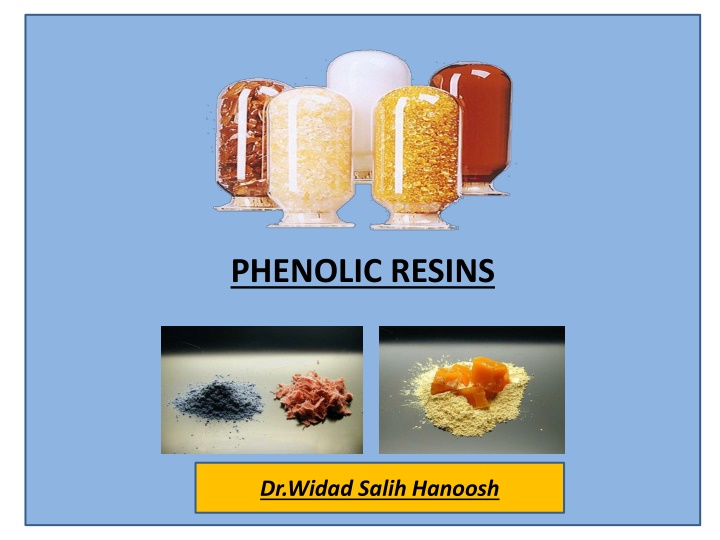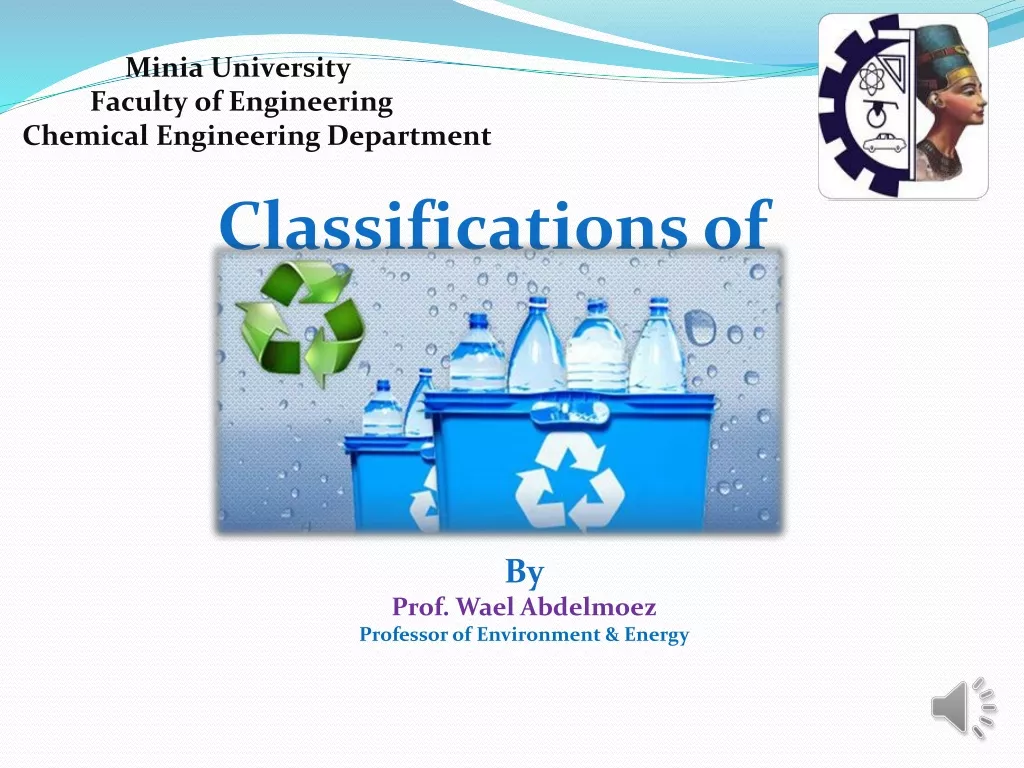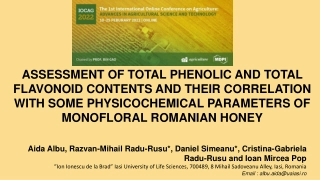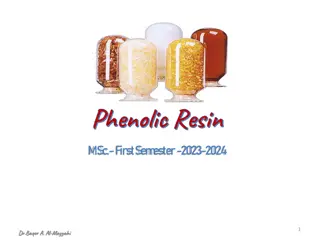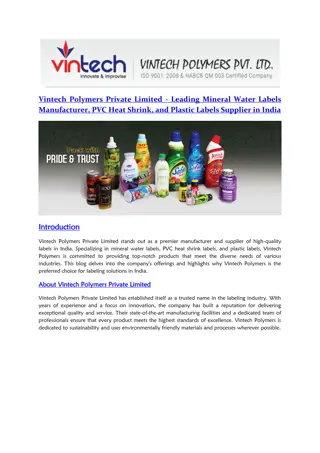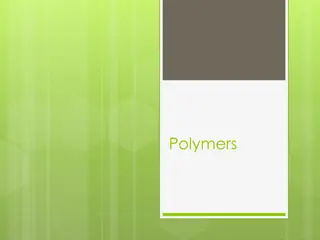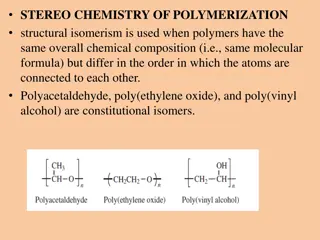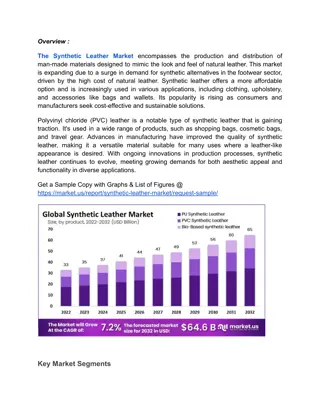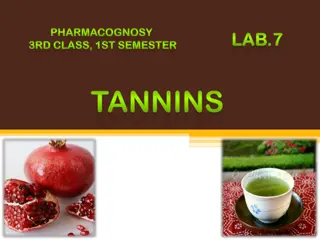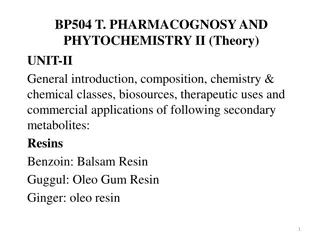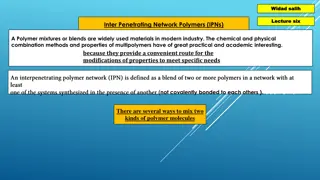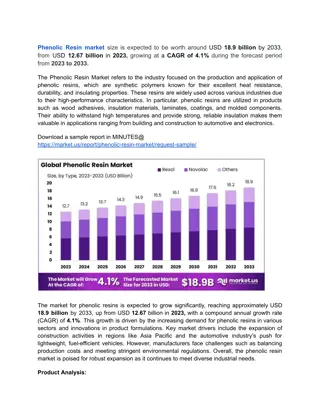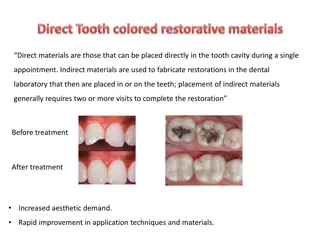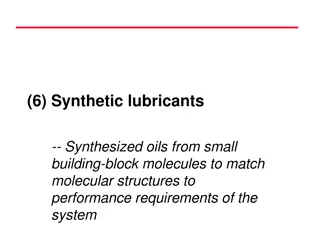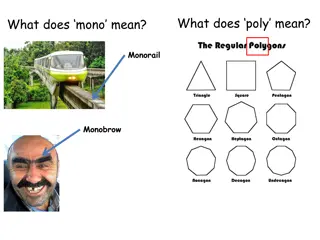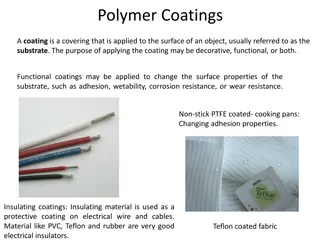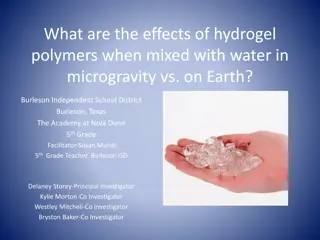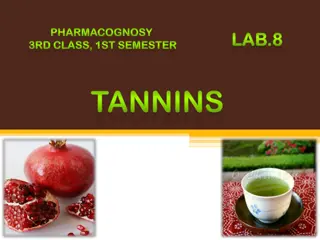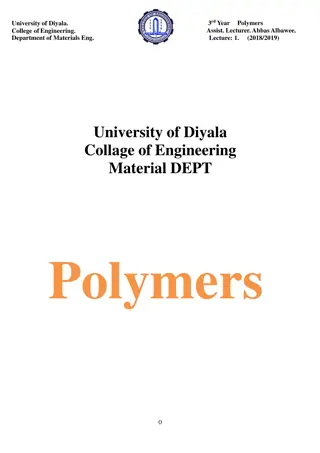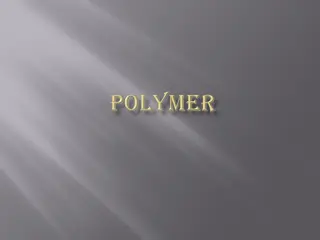Overview of Phenolic Resins: Oldest Synthetic Polymers
Phenolic resins, the oldest commercially manufactured synthetic polymers, play a vital role in various industries due to their versatility, cost-effectiveness, and high reliability under severe conditions. They offer excellent thermal behavior, high strength, long-term stability, fire resistance, electrical insulation, and more. This overview covers their introduction, applications, chemistry, world consumption, and raw materials, providing insights into the unique characteristics and uses of phenolic resins.
Download Presentation

Please find below an Image/Link to download the presentation.
The content on the website is provided AS IS for your information and personal use only. It may not be sold, licensed, or shared on other websites without obtaining consent from the author.If you encounter any issues during the download, it is possible that the publisher has removed the file from their server.
You are allowed to download the files provided on this website for personal or commercial use, subject to the condition that they are used lawfully. All files are the property of their respective owners.
The content on the website is provided AS IS for your information and personal use only. It may not be sold, licensed, or shared on other websites without obtaining consent from the author.
E N D
Presentation Transcript
PHENOLIC RESINS Dr.Widad Salih Hanoosh
Introduction Phenolic resins are the oldest commercially manufactured synthetic polymer. They were first 'invented' by Leo Hendrik Baekland in 1907. He was the one to develop an economical method towas the one to develop an economical method to convert these resins to moldable formulations which were transformed by heat and pressure to hard and resistant molded parts.
Why Phenolic Resins -Phenolic resins are distinguished by broad array of application areas amongst Thermosetting and Thermoplastic resins. -They are relatively inexpensive and highly versatile having vital role in construction, automotive, electrical, and appliance industries. -They are irreplaceable materials for selective high technology applications offering high reliability under severe circumstances.
Cont. - Excellent thermal behavior -High Strength level -Long thermal and mechanical stability. -Excellent fire, smoke,and low toxicity characteristics. -Excellent electrical and thermal insulating capabilities. -Excellent cost performance characteristics.
Basic Chemistry Phenolic resins are obtained by step growth polymerization of difunctional monomers (aldehydes) with monomers of functionality greater than 2 (Viz, Phenol, substituted Phenols or combination of phenols). Key factors in the design of the desired phenolic resin are: - Molar ratio of F to P - Mode of catalysis: Acid, base, metal salt, enzyme. - Mode of catalysis: Acid, base, metal salt, enzyme. -Liquid, Solid, dispersion -Thermoplastics or thermosetting Low to medium Mw are considered as Reactive intermediates which can be cured or undergo various transformation reactions via reactive hydroxyl group viz, Epoxy,allyl, cyanate or form new ring structure.
Note: Reaction of phenolic compounds with aldehydes under acidic or basic catalyst are exothermic , so side reaction due to exothermic need to be avoided Raw Material and Catalyst - Phenol, o,m,p-Cresol, p-tert Butylphenol, p-tert Octylphenol, p-Tert Nonylphenol, (2,3), (2,4), (2,5), (2,6), (3,4), (3,5) Xylenol, Resorcinol, Bisphenol A, Bisphenol-F. Formaldehyde, Acetaldehyde, Propionaldehyde, butyraldehyde ,Glyoxal , Furfural , nbutyraldehyde .etc.
Catalyst: -Acid: Organic Acids and Mineral acids -Base: NaOH, KOH - Metal Salts.
Note : Varying the mole ratio of phenol to formaldehyde ( F: P ) , type of catalyst , decided: - Molecular weight - Functional Group avilable - Melting range of the products
Three reaction sequences must be considered: 1. Formaldehyde addition to phenol. 2. Chain growth or prepolymer formation. 3. Cross linking or curing reaction.
Phenolic resin process - Phenol - Excess Phenol - Formaline - Acidic Medium - Excess Formaline - Basic Medium Resol Novolac One stage prepolymer Two stage prepolymer Heat Cure Curing Agent Net Work Structure
Methylol Group Methylene Bridge Aromatic Hydroxyl Group Ether Bridge
Two prepolymers types are obtained depending on pH Type of Phenolic Resin Novolac Resin Resol Resin Type of Reaction Electrophelic Mechanism Nucleophilic Mechanism Medium of Reaction ( pH) Acidic Med. ( 1-5 ) Basic Med. ( > 7) Molar Ratio ( P:F ) 1: 0.8 1:2- 1:4 Type or behavior of Polymer Linear or Slightly Branch Branch Characteristic Properties Low MWT, Soluble Low MWT , non Soluble
In acidic medium In acidic medium convert CH20H to Chain Growth Novolac
Basic Medium Methylol group
Effect of catalyst type on the position of sub. In the case of Novolac - 4-6 pH With Divalent metal salts as catalyst: High Ortho (57-58%: o-o, 40-42%: o-p and 2-3% p- p) - Oxalic Acid: (25-26%: o-o, 48-50%: op and 25-30 % p-p - Phosphoric Acid: (23-25%: o-o, 50-52%: o-p and 25-30 % p-p ) - Sulphuric Acid : (25-26%: o-o, 4550%: o-p and 25- 30 % p-p) - Note : also the softining point of the product will be chang ( 80 100 Cent. )
Curing Chemistry of Resol and Novolac Novolac Novolac because it dose not contain reactive groups in their structure , so the curing chemistry must be needed to curing agents like formaline and hexamethylene tetra amine ( hexamine ) .Heating is very important factor for complete the curing. ??????? ?? ?? Net Work Structures.
Hexamine Heating ( 135-150 C) Final Products?????????
Curing of Resol Resin The resoles at the time of synthesis are in the A- stage , being easily meited and soluble in anumber of solvents.They are one- step resins and if heated, passes first into the B stage ( resitol ) , where the resin is partially crosslinked and swollen by solvents. On farther heating they converted into completely crosslinked C stage ( resite ) , which is insoluble and infusable polymers.
Q1- Write the chemical structure for the polymer prepared from the following reactions 1- 2-
3- Cured phenolic resin ( resol ) with PVA Cured epoxy novolac with ethylene diamine 4- Novolac from phenol and furfural 5- Phenol, formaline , 8-hydroxy quinoline ( ter-polymers ) 6-
Toughness of phenolic resin Improvement in toughness of phenolic resin was done by blending with rubbers like carboxylated nitrile rubber , vulcanised silicone , epoxy functional butadine rubber ..etc. Improvement in thermo oxidative of phenolic resin To improve the thermo-oxidative stability ,chemical modification have been tried such as etherfication and esterfication of phenolic hydroxyl group . Complex formation with polyvalent elements such as boric acid , phosphoric acid , amine compounds and silicon compounds
Q- Write the steps for thermal degradation of pheonlic resin PYROLYSIS OF PHENOL-FORMALDEHYDE RESIN: EXPERIMENTS AND MODELING Michael A. Serio, Sylvie Charpenay, Rosemary Bassilakis, and Peter R. Solomon Advanced Fuel Research, Inc. 87 Church Street East Hartford, CT 06108
